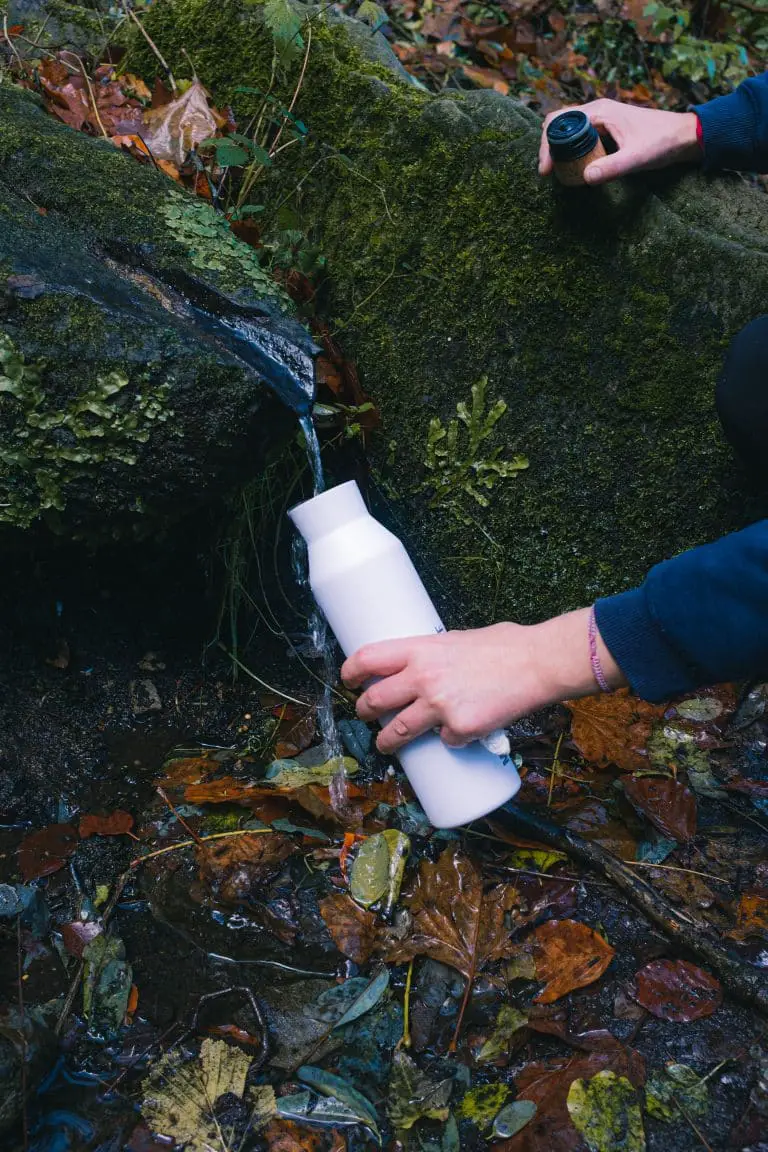How To Remove A Fish Hook- Without Harming The Fish
Being able to release a fish you have caught is a great way to ensure they survive and remain healthy when returning to the water.
A great number of fish die after being unhooked and released back into the water, so following these simple steps will ensure you release the fish safely back into the water as well as helping it to survive and live a healthy life.
Things to know before safely removing a fishhook from a fish
Firstly, hooks can be easy to remove but you first need to establish where the the fish has been hooked i.e lips, gullet or gills.
It will be easy to remove a hook that is hooked in the lip but it can be a little more complicated if the fish has been hooked in the gullet or gills- if this is what has happened then the easiest and safest option is to cut off the hook and release it.
Do not try to line to release this fish as it can cause a lot more damage to the fish. In some cases, the hook can be dissolved and later be spat by the fish.
Remember- If you would have to pull a hook to remove it, then will more than likely it will cause severe damage to the fish so this should be avoided at all costs.
When unhooking a fish, you should aim to do it as swiftly as possible. This is because unhooking can cause great stress to a fish, resulting in death.
The longer the fish is out of the water, the less chance it has at surviving- quickly returning to fish to the water means the chance of survival will be boosted massively.

Things you will need
Now, before we get into the steps to safely unhook a fish there is a few things you will need:
–Gloves, damp cloth or a towel
-Forceps, pliers or a fish hook removal tool
-Nail clippers
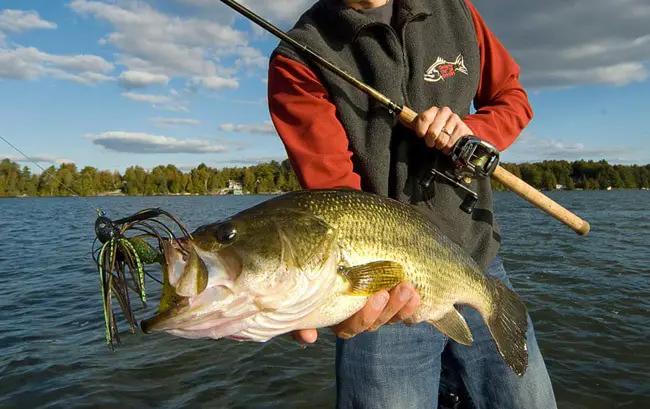
Steps to safely remove a hook from a fish
Step 1
Ensure you hands are wet or use a wet cloth for gripping the fish. Wet gloves can also be used.
Step 2
Try to remove the hook from a big fish whilst it is still submerged in the water- if this isn’t possible, a large mesh net can be used.
Do not scrape away any of the scale or slime from the fish – as this acts as protection against disease and parasites.
Step 3
If you catch a fish such as
If the fish is a larger fish then you can use a damp towel to lie it on whilst gently trying to remove the hook. Avoid holding ANY fish by its gills as you can cause grave damage to the fish which will result in almost immediate death.
Step 4
Using your hand, remove the hook- this is especially important if you are dealing with a smaller fish such as a crappie.
You can prevent the top fins from being extended by gripping the fish and footing it on your palm.
Take the hooks top and push down the hook using your fingers, ensure it exits the lip or jaw to remove it- keep the fish as still as possible whilst doing this.
Step 5
You should use forceps or needle posed pliers to remove the hook from the fish. Fish which have tough jaws or thick lips make it essential to use a tool. Grab the hook from where it begins to bend and by using one of the tools, force it down as quick as possible- try to push away from the area the fish has been hooked.
Carefully remove the hook from the mouth.
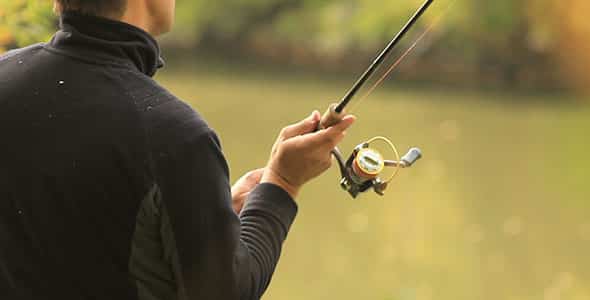
What to do if the fish swallows the hook
If the fish has swallowed the hook then cut the hook closest to the line as possible- do not try to remove the hook as this could put the fish in danger. Always have a pair of nail clippers handy in case this happens.
Conclusion
Removing a fish hook in the correct and safe way means you increase the chances of survival massively.
You should practice and share the correct information with other anglers to promote the safe and effective way to boost the chance of the fish surviving.
We hope this article helps you safely release a fish hook from a fish
Related articles:

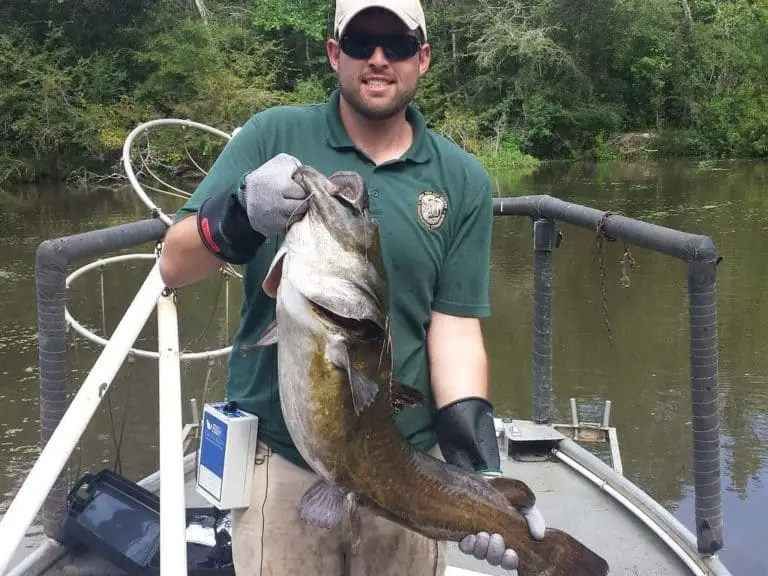
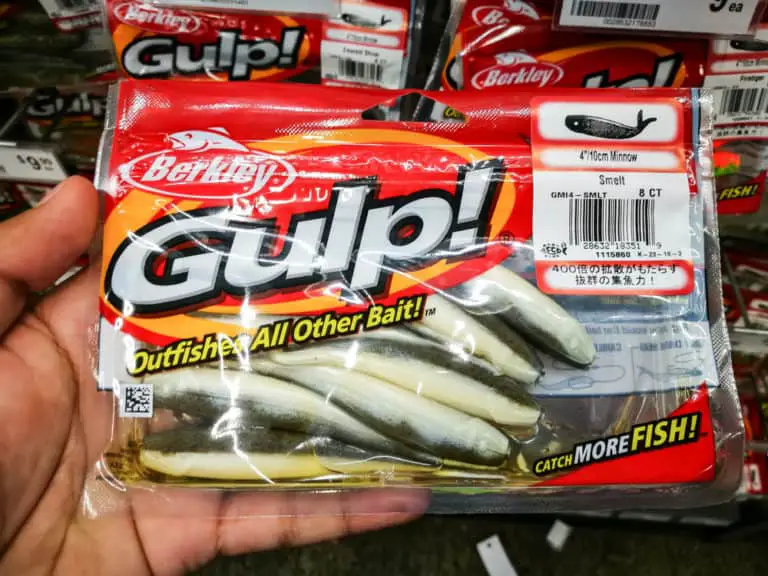

![7 Best Fishing Pliers [In-depth Reviews & Buyers Guide]](https://watersportingadventure.com/wp-content/uploads/2020/10/pexels-shane-kell-2431454-scaled-e1602751936800-768x336.jpg)
